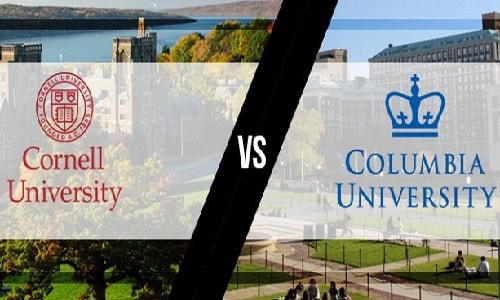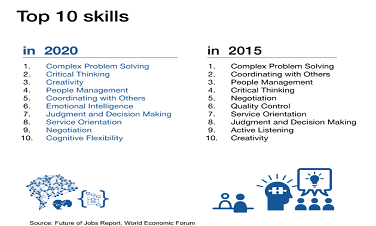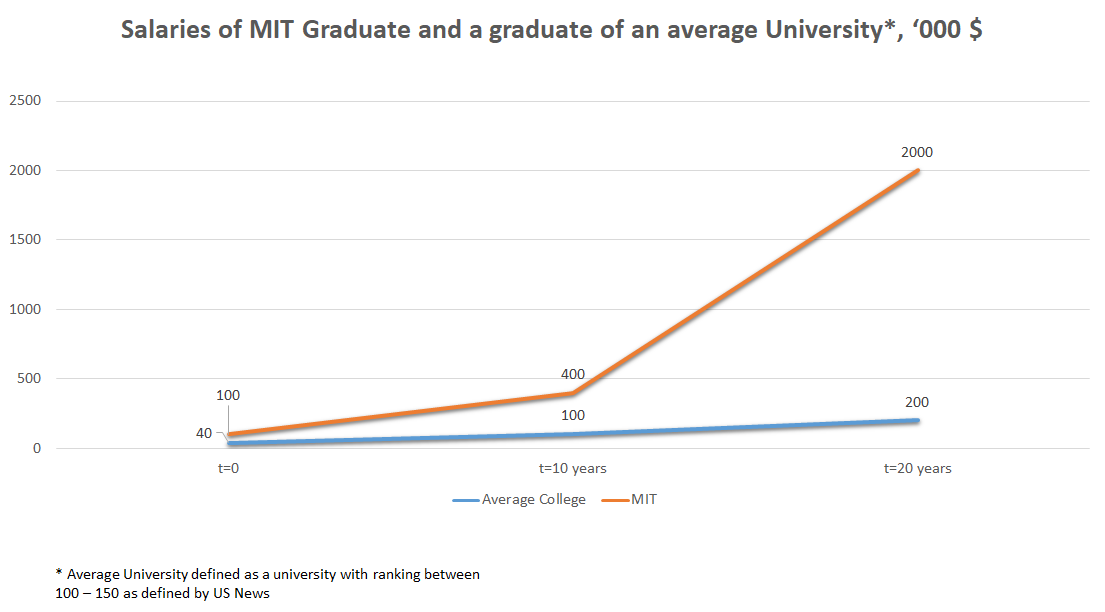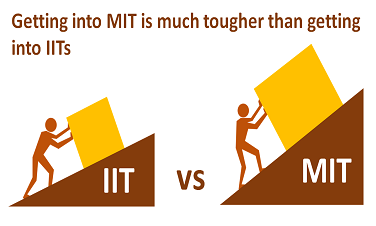What is Liberal Arts and Why do we need to study Liberal Arts?
- Written by UnivAdmitHelp
- Category: Mentoring
- Published on 20 Apr 2021
Leonardo Da Vinci, the genius who painted the fabled Mona Lisa was a scientist and an inventor way ahead of his times. His depiction of the human body was precise because of his anatomical studies: he dissected more than 30 corpses in order to explore the insides of a human body. He is revered for his technical inventions ranging from flying machines, solar power, and automated adding machines. Yet, he is known primarily for his art. Is it possible that while intelligence can help you create things, it is an education of liberal arts that allows you to really shine?
Imagine a mathematician creating and solving equations. These equations could be used to help manage money and create wealth. Mathematics and statistics could also help us project the strength of a virus, plan our retirement, or calculate the arch of a dome while constructing it. It could provide a risk analysis model for banks to create investment plans or to decide if you get a loan or not. Math equations on their own, they don't have a meaning. With context, with meaning, they gain real strength. What would a banker do if his skills were isolated? A knowledge of the market would help him in no way if he could not apply it to a real-life situation. A pathologist who can isolate organisms and bacteria could not benefit from the knowledge alone. She would need to exist in an interconnected world, which would enable her to solve real-world problems. Imagine skill sets which promote the aims of humankind, a better life, more equity, health, balance, progress, growth. In the larger scheme of things, skillful professionals, across the world, all working in isolation would be misdirected and aimless. What is it that helps them find a context?
It is humanity which provides context. Architecture for posterity. Health and medicine. Economic planning for the progress of a population. Civilization. These are the kinds of ideas that provide context to our education. Why then would one want to study mathematics in isolation? A study of anthropology along with economics and maths might give a learner real life context for applying his knowledge and sensibilities to the real world.
The Greek methods of enquiry encouraged a trivium: a study of logic, grammar, and rhetoric. To this were added four more (a quadrivium): astronomy, mathematics, geometry, and music. Together these formed the seven Liberal Arts. This education was aimed at creating an intellectually free individual (liber in Latin means free).
The Trolley Problem combines a puzzle of ethics and philosophy. In short,
There is a runaway trolley barreling down the railway tracks. Ahead, on the tracks, there are five people tied up and unable to move. The trolley is headed straight for them. You are standing some distance off in the train yard, next to a lever. If you pull this lever, the trolley will switch to a different set of tracks. However, you notice that there is one person on the side track. You have two options:
- Do nothing and allow the trolley to kill the five people on the main track.
- Pull the lever, diverting the trolley onto the side track where it will kill one person.
Which is the more ethical option? Or, more simply: What is the right thing to do?
This problem is discussed in ethics and philosophy sessions. It is also used to enable ethical decision making for driverless cars led by AI, as even for the testing of covid vaccinations. The combination of ethics and AI is what provides context.
In today’s world, this is a great example of interdisciplinary education: a method of learning which provides you with expertise in interconnected disciplines. Learning in isolation, knowledge in isolation, skills in isolation - these provide little help. Combined with skill sets from other disciplines like logic, creativity, domain-specific knowledge, interdisciplinary learning, or liberal learning, creates an openness of intelligence which widens the boundaries of our learning capabilities.
Apple, for example, undoubtedly changed the world of IT with its immense penchant for design. Steve Jobs, the founder of Apple, did not like the classes he took in college. Because his course did not allow him much choice, he dropped out! But he stayed on campus taking up free classes. One of the free classes was Calligraphy. In his own words, Steve Jobs says:
“The minute I dropped out I could stop taking the required classes that didn’t interest me, and begin dropping in on the ones that looked interesting….offered perhaps the best calligraphy instruction in the country....I decided to take a calligraphy class to learn how to do this….It was beautiful, historical, artistically subtle in a way that science can’t capture, and I found it fascinating. None of this had even a hope of any practical application in my life. But 10 years later, when we were designing the first Macintosh computer, it all came back to me. And we designed it all into the Mac.”
The rest, as they say, is history. Apple has gone on to rule the world of IT with its gorgeously efficient technology that is beautiful inside out.
The liberal arts education system is best followed in small classes, and courses which run for four years. As a system, it helps to explore and develop personalities which are multifaceted and capable of learning new skills to provide solutions in a world which rapidly throws up a staggering range of problems. It is designed as a course of education for the intellectually free individual. It provides context for applied disciplines and knowledge thus creating depth and understanding of the changing world before it transforms completely.
Liberal Art Colleges in US
Liberal arts colleges are a staple of the American college system, providing students with a well-rounded education that emphasizes critical thinking and problem solving. With a focus on humanities, social sciences, and natural sciences, liberal arts colleges encourage students to explore a variety of disciplines and develop a broad knowledge base.
In the United States, there are hundreds of liberal arts colleges scattered throughout the country. Some of the best liberal art colleges in the world are in US. These institutions offer a unique learning environment that emphasizes collaboration, critical thinking, and problem-solving. Liberal arts colleges are often considered more “student-centered” than other universities, with smaller class sizes, more personalized instruction, and closer student-faculty relationships. The curriculum is focused on the humanities, social sciences, and natural sciences, and students are encouraged to explore a variety of disciplines and develop a broad knowledge base.
Liberal arts colleges are known for their rigorous academic standards, and many of them require students to take classes in a variety of disciplines. This helps students develop a comprehensive understanding of the world around them, and encourages them to explore different perspectives. Additionally, many liberal arts colleges require students to complete internships or research projects, providing them with valuable experience and skills that will serve them well after graduation.
Some of the best academic institutions in the world have had a tradition of liberal arts for centuries. These are institutions where logic, music, astronomy and grammar were the building blocks of an educated individual. The famous seven women colleges in the US, and are the most highly selective liberal arts in the world. Some of these colleges also offer an Open Curriculum. Explore further to see the options available across the world for an education which prepares you for the challenges that the new world might throw at you.
Did you know UnivAdmitHelp can help you get into top colleges in US and UK? Find out more about our Undergraduate Admission Counselling to see how we can help you gain admission to your dream US or UK university! Check out our results page to find out about our successful UAH students.
Further Reading:
Williams College: The finiest in Liberal Arts
The Call of the Humanities
Recent Posts
-
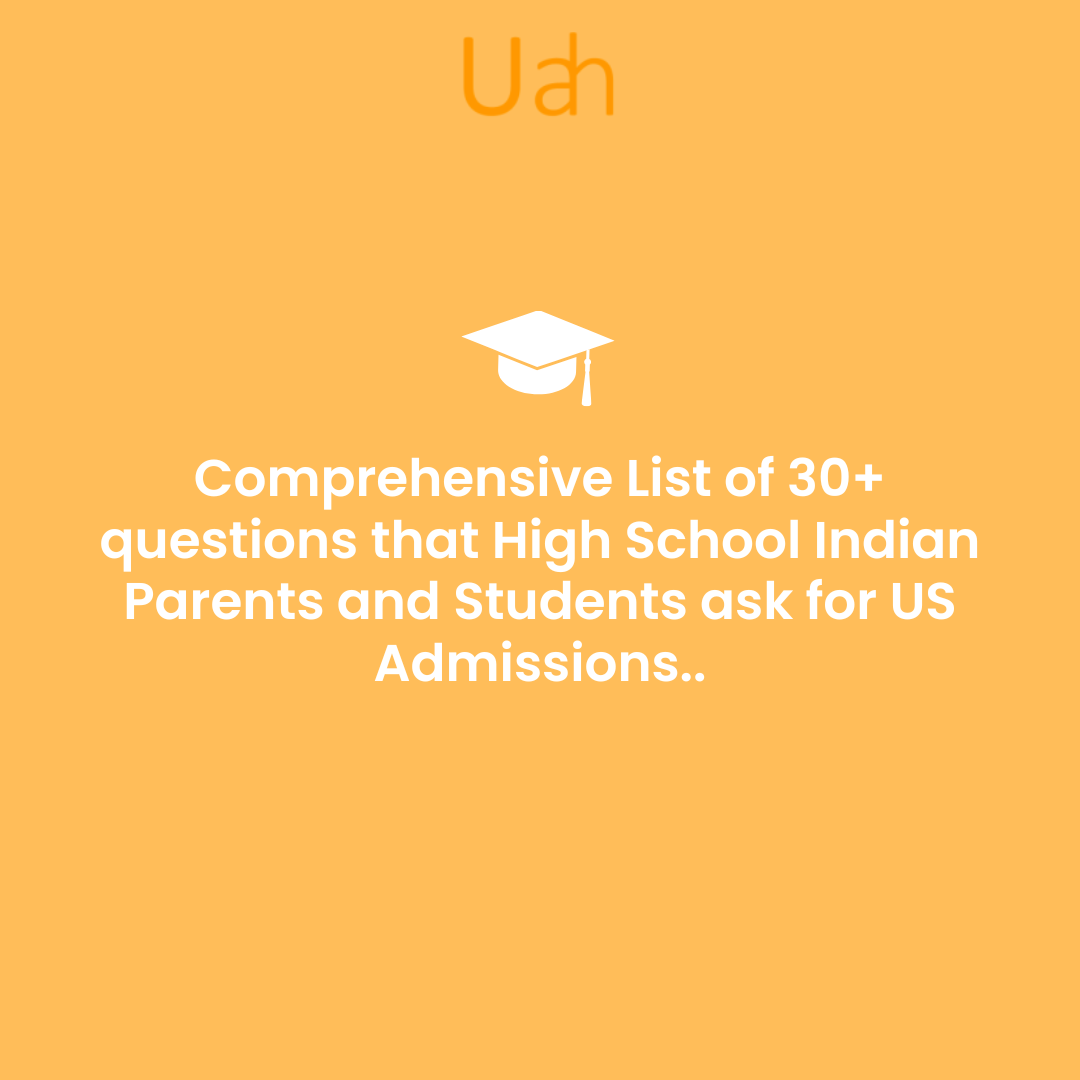
Comprehensive List of 30+ questions that High School Indian Parents and Students ask for US Admissions..
-
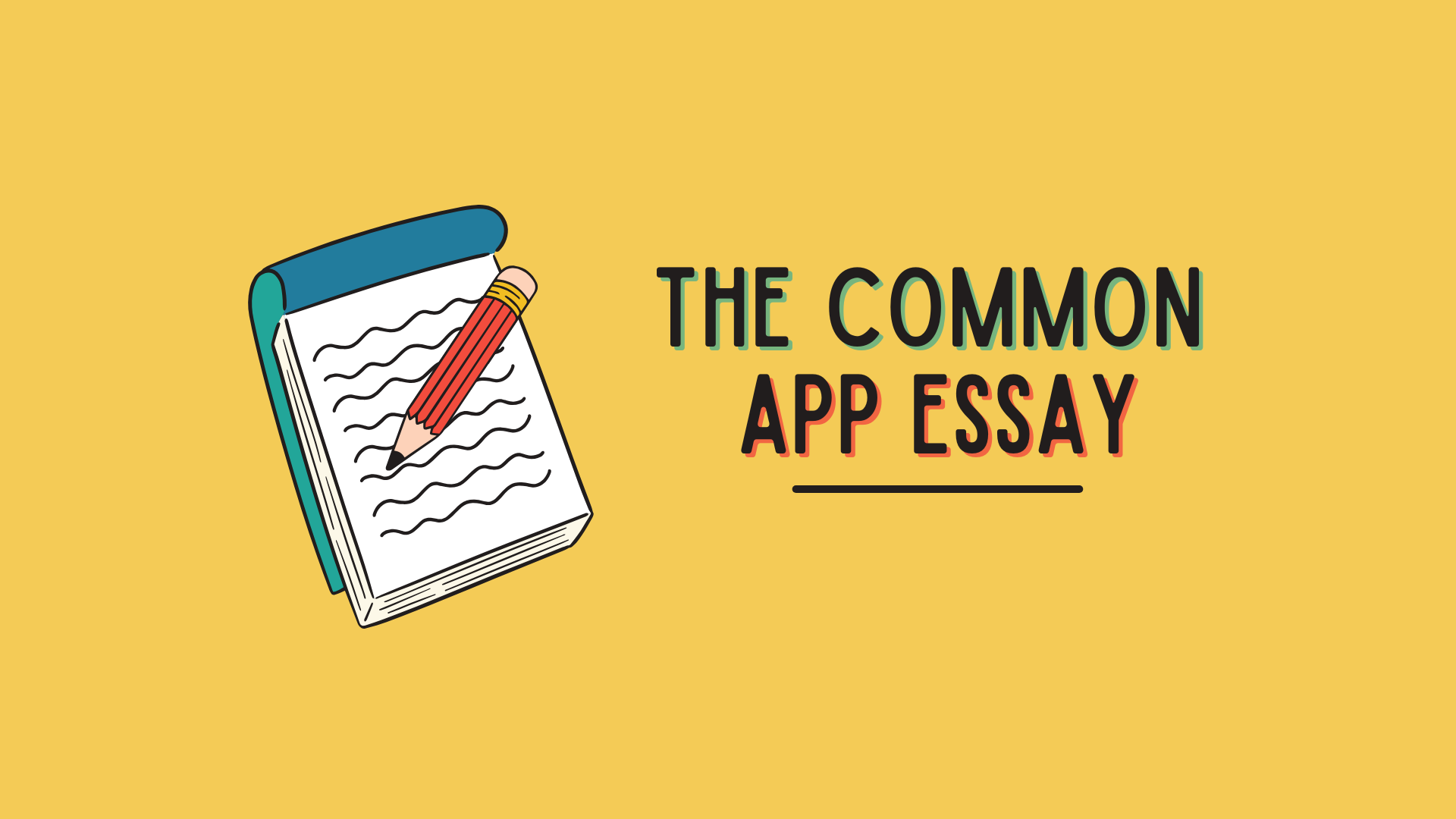
Common App Essay Tips 2025
-
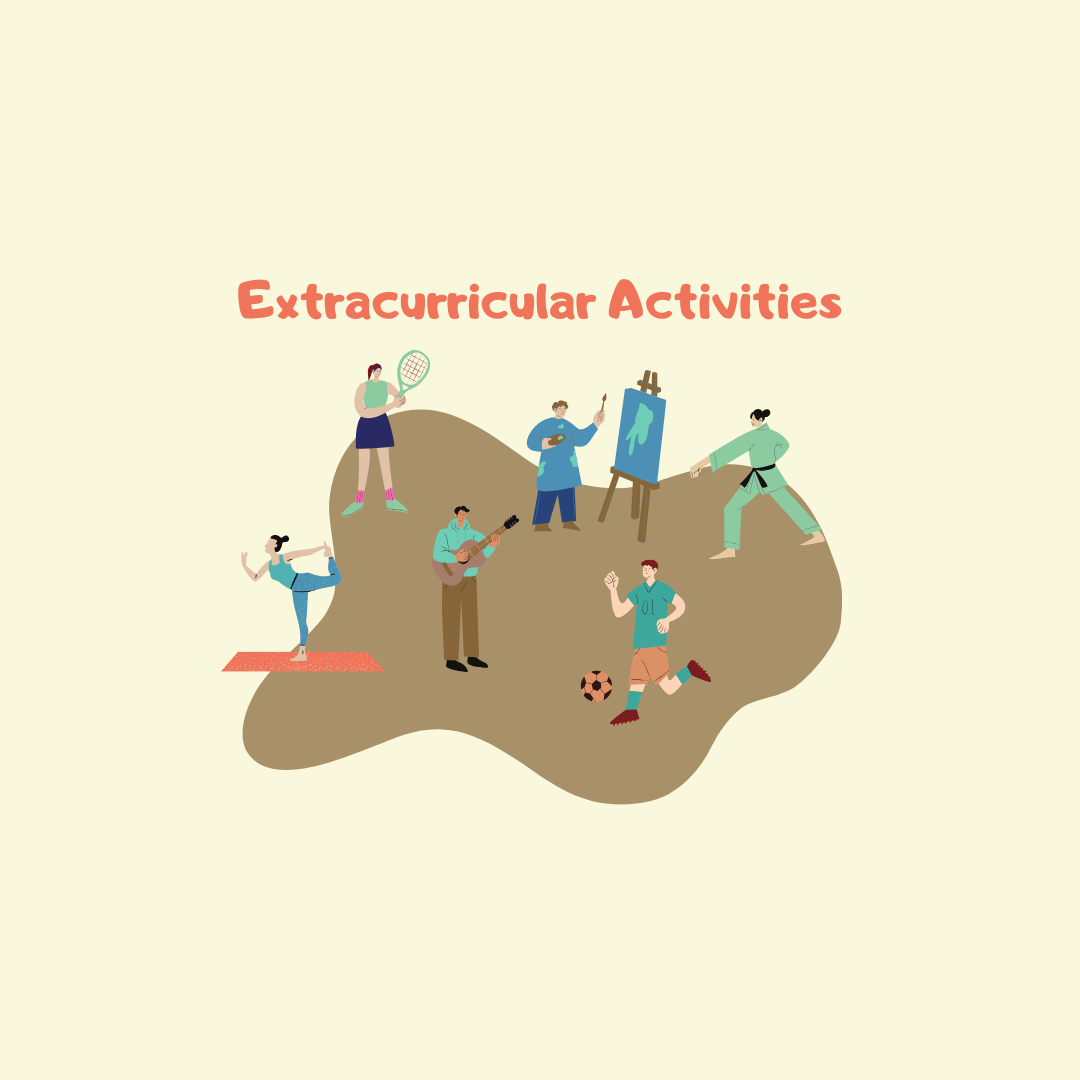
Best extra-curricular activities for college admission for Indian students
-

How Many Universities Should You Apply To? Expert Tips for U.S. and U.K. Admissions for Indian Students
-
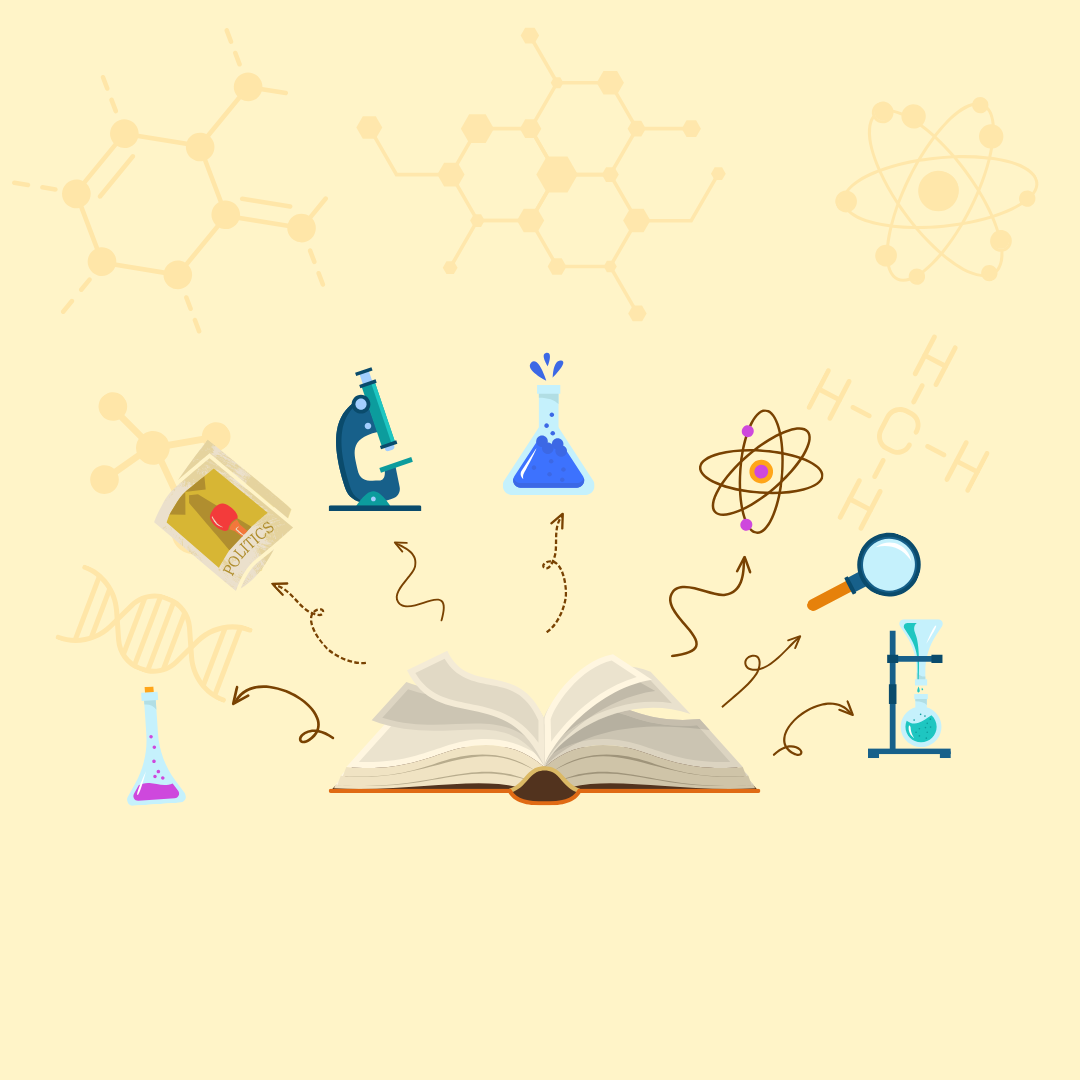
Step-by-Step Guide to Creating an Exceptional Capstone Project for Indian Students
